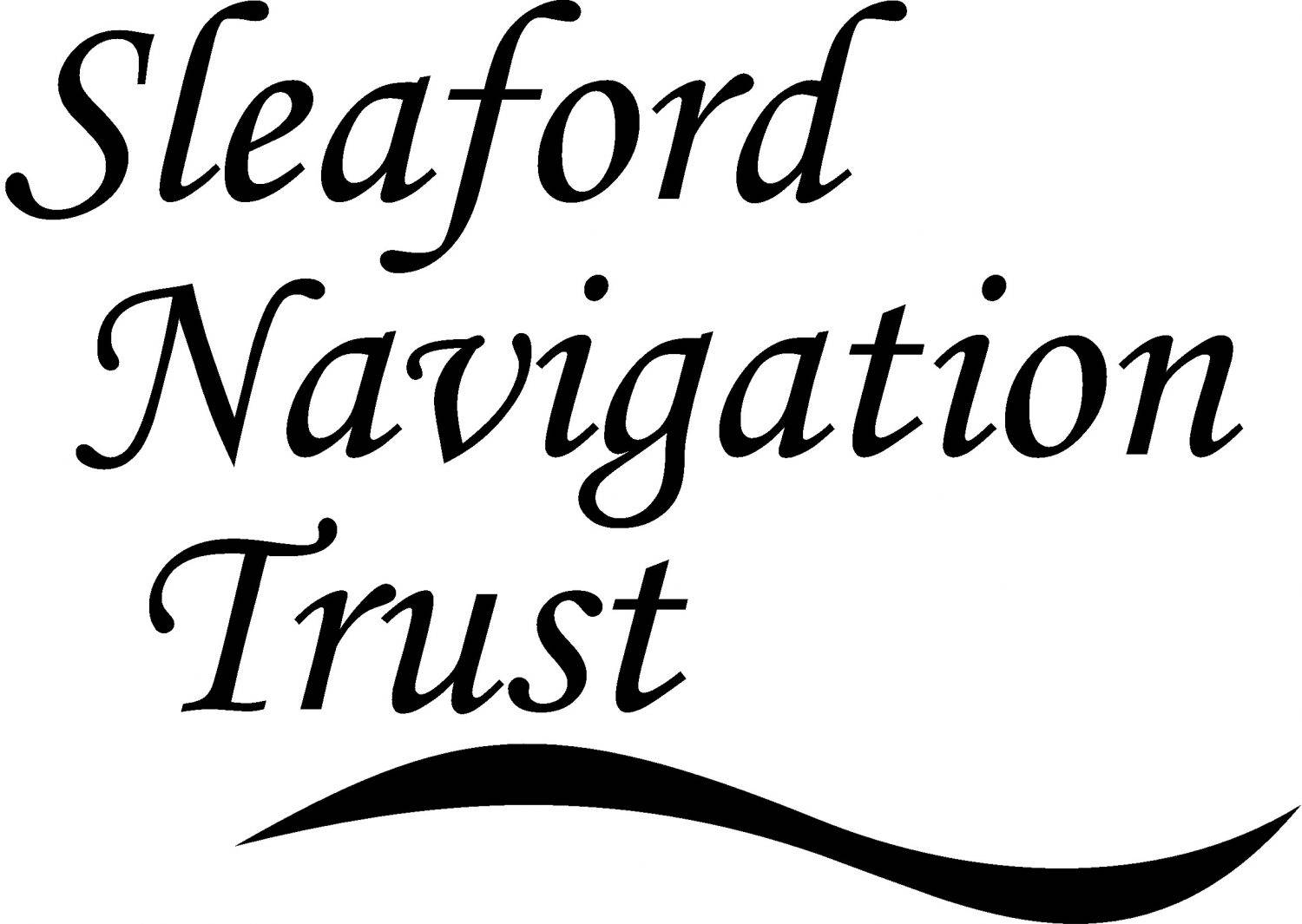A successful public meeting to promote a Navigation was held at the ‘George Inn’, Sleaford, on the 11th October 1791, chaired by Sir Jenison William Gordon a former High Sheriff of Lincolnshire and attended by, amongst others, the influential Sir Joseph Banks and Benjamin Handley a local Banker. The outcome of the meeting saw William Jessop and John Hudson appointed to prepare a plan and estimate of the works involved in the scheme. Jessop and Hudson’s report, published on 25th November 1791, differed greatly from schemes and estimates that had occurred previously, as there was a change of route and an increase in the proposed costs.
This new proposed scheme had an easier passage through parliament than its predecessors with the enabling Act being passed on 11th June 1792. This may have been partially down to the fact that the Chairman of the House of Lords’ Committee was the Duke of Ancaster and Kesteven whose estates lay to the west of Sleaford. Not only did he own arable land, the estates contained a number of limestone quarries at Ancaster and Wilsford. The possibility of a Navigation providing cheap transport for bulk goods would therefore have appealed strongly to him.
Benjamin Handley was appointed as Treasurer of the “Company of the Proprietors of the Sleaford Navigation in the County of Lincoln”. He was a local banker who had just opened the “Peacock, Handley, and Kirton & Co.” bank in Sleaford. The loan that the company received from Handley’s personal account, interest free, enabled the business to have a strong footing. As an act of gratitude Handley received a silver cup on the opening of the Navigation, inscribed, “The Gift of the Proprietors of the Sleaford Navigation, 6th May 1794.” The cup, which is owned by Sleaford Navigation Trust, can be seen in Navigation House, Sleaford.
